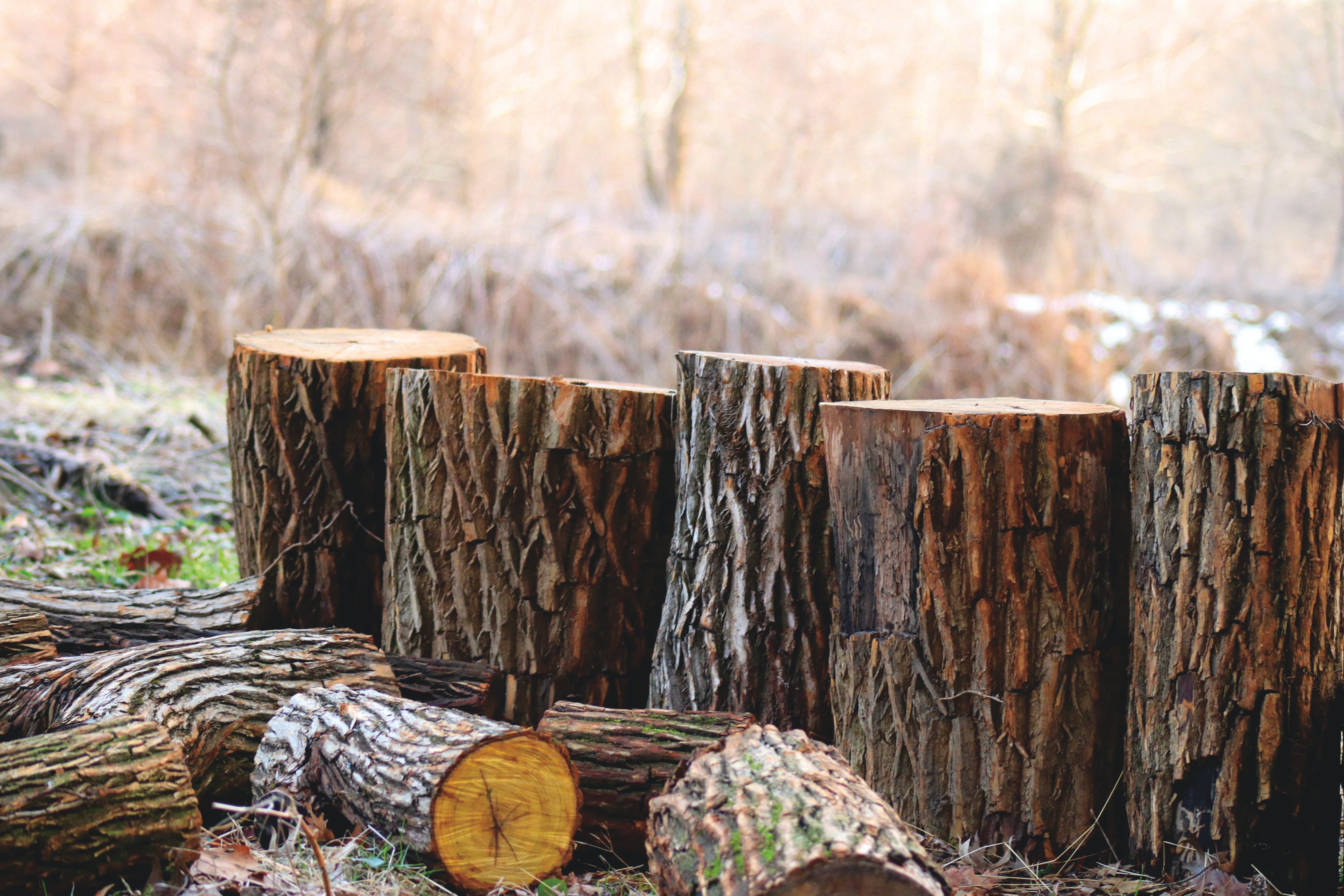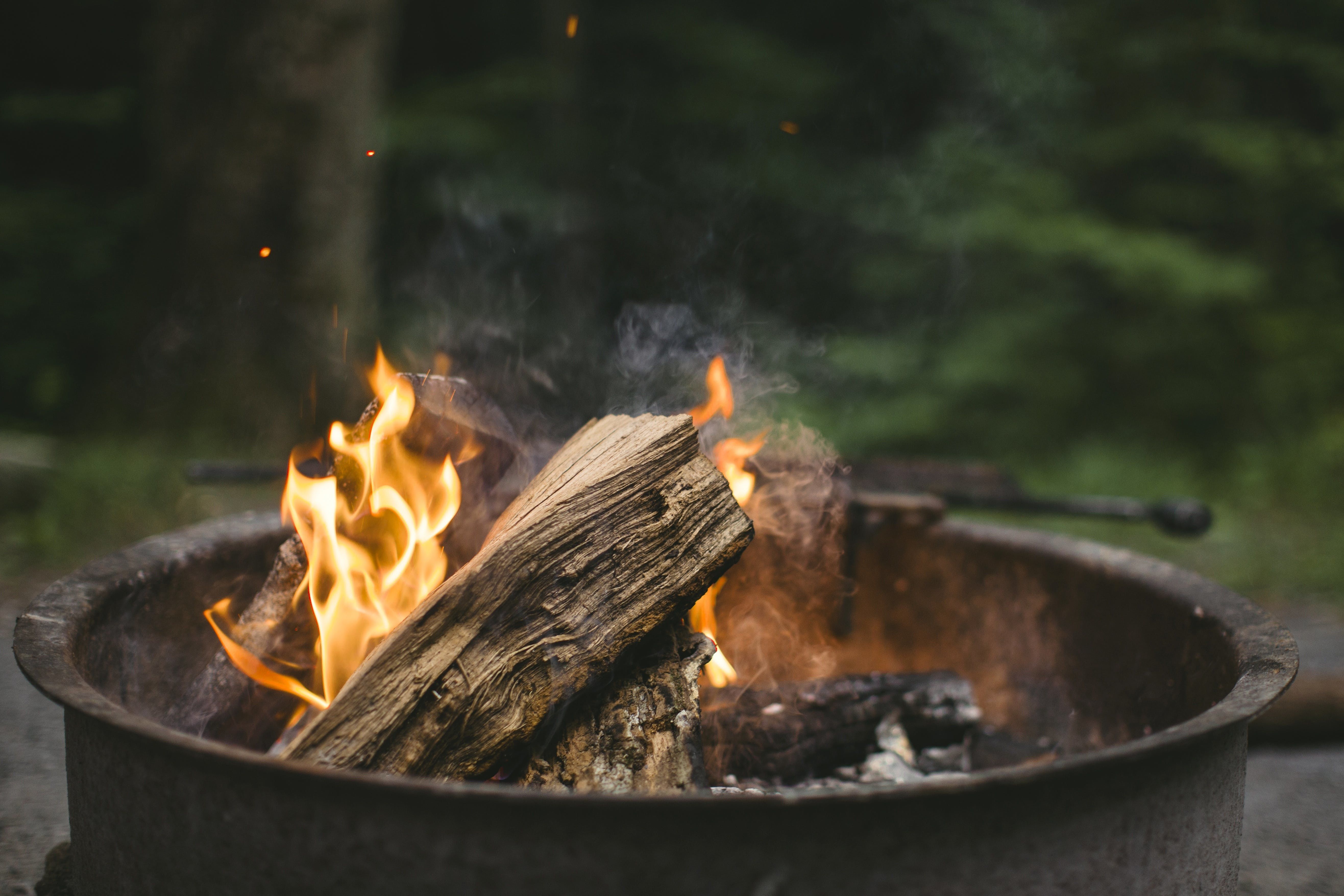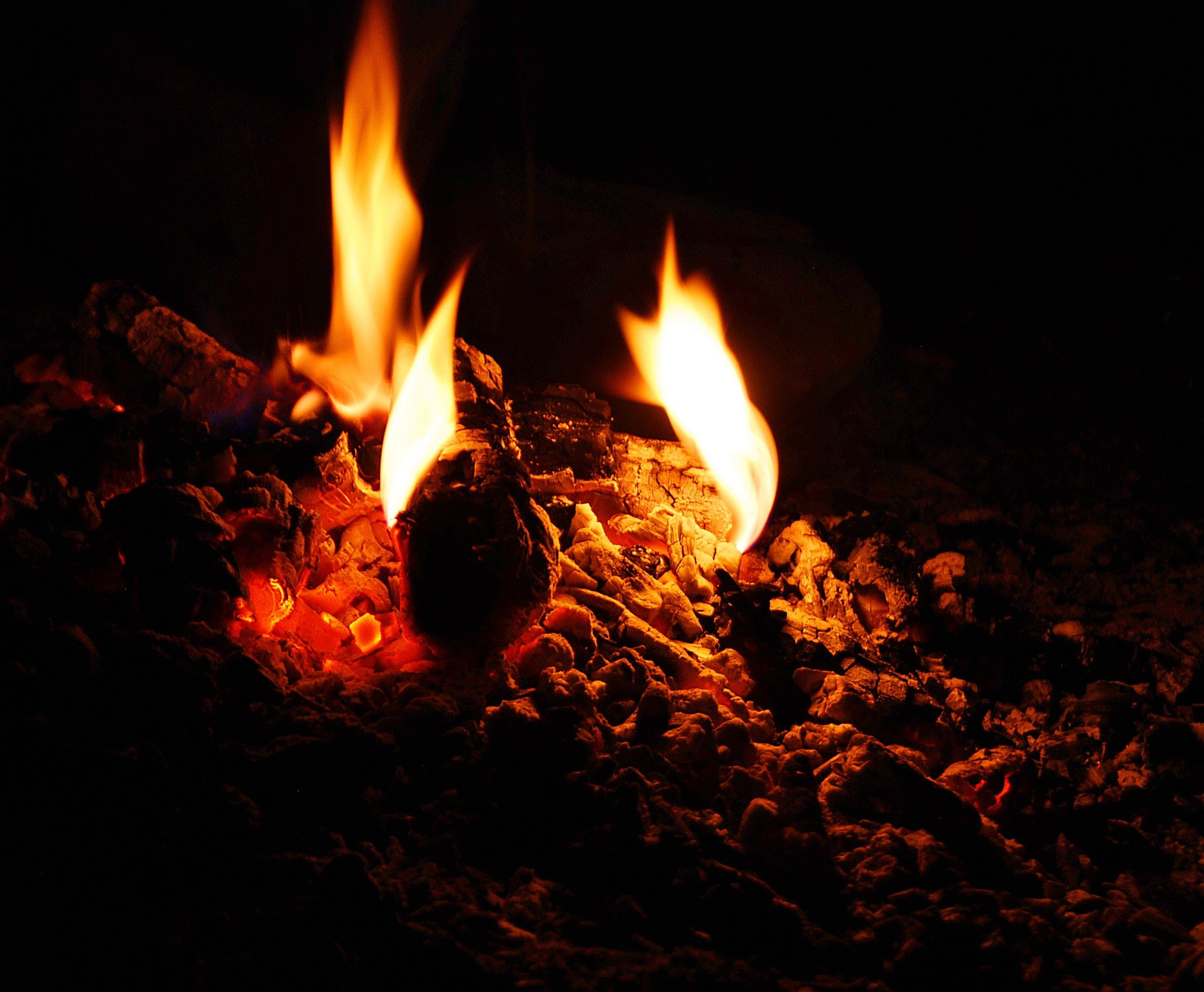Hello there, fellow Tasmanian warmth seekers! Today, we're going to dive into the fascinating world of firewood and its burning efficiency.
Yes, you heard right - firewood! We're talking about that crackling, cozy fire that warms our homes and our hearts. You might be thinking, "What's so special about firewood?" Well, let's find out.
The Charm of Firewood
First off, let's appreciate firewood's charm. It's not just about the heat, but also the ambiance firewood creates. The light flickers, the logs crackle, and there's a unique, comforting smell. It's a sensory experience that takes us back to simpler times. But let's not get carried away. We're here to talk science!
Firewood: The Science Behind the Burn
The process of burning firewood is a chemical reaction called combustion. When you light a piece of wood, the heat causes the wood to release volatile gases. These gases combine with oxygen and ignite, producing heat, light, water vapor, and carbon dioxide. The remaining wood turns into charcoal, which burns at a higher temperature and produces more heat.
Effectiveness of the burn
Now, let's talk about efficiency. The efficiency of firewood depends on two main factors:
Moisture Volume:
Freshly cut wood has a high moisture content, making it difficult to burn and less efficient. Seasoned firewood, dried for at least six months, has a lower moisture content, burns hotter, and produces less smoke.

Wood Species
Not all woods are created equal! Hardwoods like oak, hickory, and maple are denser and burn longer and hotter than softwoods like pine. So, how can we make the most of our firewood?
Here are a few tips:
1. Use Seasoned Wood: As we mentioned in an earlier post, seasoned wood is drier and burns more efficiently. It's worth the wait!
2. Choose the Right Wood: Hardwoods are your best bet for a long, hot burn. They might be harder to split, but they'll give you more heat.
3. Store Wood Properly: Keep your firewood covered and off the ground to prevent it from absorbing moisture.
4. Use a High-Efficiency Stove: Modern wood-burning stoves are designed to maximize heat output and minimize smoke.
The Environmental Impact
Finally, let's touch on the environmental aspect. Burning wood does release carbon dioxide, a greenhouse gas. However, as trees grow, they absorb carbon dioxide from the atmosphere, making wood burning carbon neutral in theory. Still, it's essential to burn wood responsibly to minimize other pollutants.

Conclusion
So there you have it - the science behind firewood and its efficiency. It's not just about throwing a log on the fire; there's a whole world of chemistry and strategy involved. Now, the next time you're sitting by a crackling fire, you'll appreciate it even more, knowing the sizzling science behind it. Stay warm, friends!
